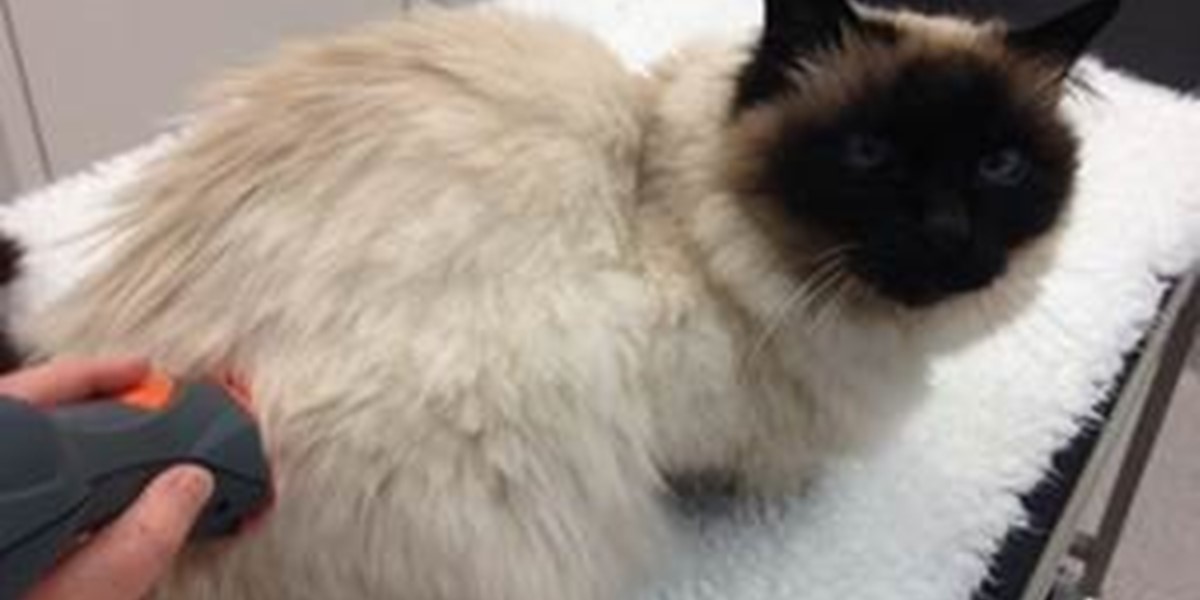Managing Arthritis in Small Animals

An increasing number of dogs and cats are being diagnosed with arthritis, which can be as uncomfortable for our furry friends as it is for us! Arthritis simply means inflammation of joints which causes pain and stiffness.
In normal joints the bone surfaces are covered with a smooth layer of cartilage, which are lubricated with joint fluid, allowing the joint surfaces to glide smoothly over one another. In animals with arthritis, the cartilage in the joint degenerates, becoming thinned and damaged. This is mostly due to wear and tear on the joints but can also be caused by developmental abnormalities such as hip and elbow dysplasia. The bone surfaces begin to rub together causing discomfort, and as a result of this friction, new bone forms around the joint causing stiffness.
You may notice your dog may not be as keen to exercise and they may limp (particularly when getting up from rest). Cold and damp weather may appear to make signs worse. Dogs will sometimes lick continually at a painful joint. Symptoms can be much more subtle in cats and can include reluctance to climb stairs or jump up to their favourite sleeping spot, changes in grooming habits and becoming grumpier!
Thankfully there are ways of managing arthritis to ease your pets’ pain. As well as conventional treatment (which includes anti-inflammatory pain relief medication, reduced exercise levels, weight control and joint supplements) we now also have Class IV Laser therapy: a new, safe, non-invasive treatment, which provides effective pain relief and anti-inflammatory effects to targeted areas of the body. Laser therapy involves directing infra-red light into inflamed or damaged tissues. This infra-red light increases the temperature of the tissue causing a soothing effect, provides energy to the cells within the tissue allowing them to repair, and reduces the transmission of pain signals from the tissue to the central nervous system. There are no side effects and the treatment is generally enjoyed by most pets. The number of sessions required is tailor made by your vet (generally three sessions a week for two weeks followed by maintenance sessions once every week-month), and because there are no side effects your pet can continue to receive laser treatment long term, often reducing the need for oral medication.
Meet Chino. He has chronic hip and lumbar pain and due to additional medical problems, he isn’t able to take anti-inflammatory medication. His owner was extremely worried about his quality of life before he started laser therapy. Since starting laser therapy, he is a new cat – he can now get easily up and down the stairs, he has started to groom himself again, and even found his playful side. He really enjoys his laser sessions!
With what can seem like an ongoing battle to manage your pets’ pain, laser therapy really can make a difference to your pets’ quality of life!
